
Japanese Garden Tools Vs. American: What’s the Difference?
You may have seen Japanese gardening tools popping up more in stores and online. Sure, they’re… Read More
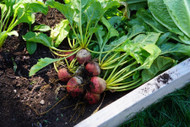
Home gardeners and professionals alike know that crop failure, pest damage, and poor soil conditions can be major challenges, but no matter the scale of your growing area, the solution is the same: address the soil’s needs and the rest will follow. Vegetables, fruits and flowers feed off naturally self-replenishing air, sunlight and water, but they also rely on nutrients within the soil which do not replenish themselves readily. This is an important point because, although the elements needed (iron, manganese, boron, zinc, copper and molybdenum) are trace, they are essential for healthy soil.
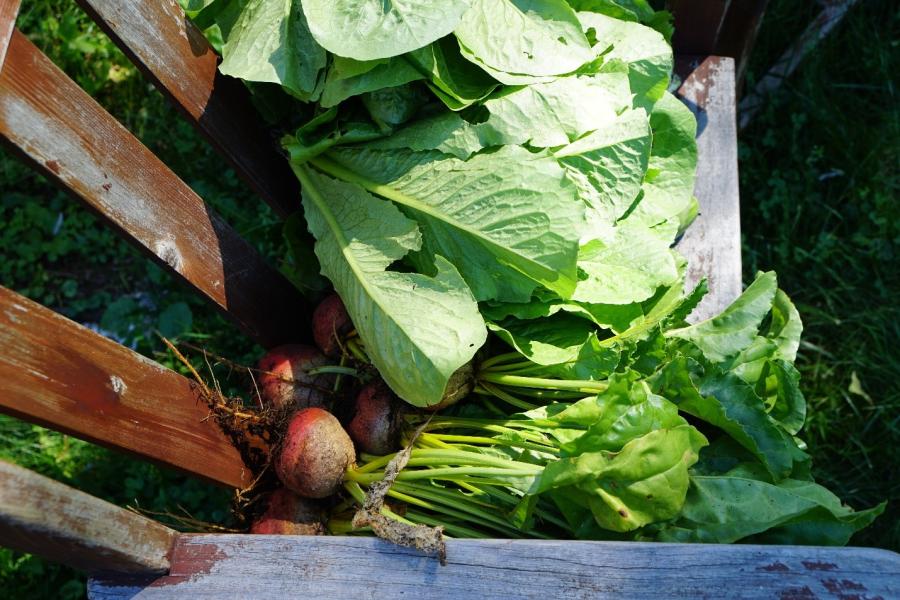
An important factor to consider is soil structure: clay-heavy, sandy, compacted, etc. To test if your soil is compacted, simply dig into it–an ideal soil is aggregated to the point where you can dig a hole without much effort. A fork will loosen the soil, but roots from a cover crop produce greater results over time. This method usually involves planting a crop over bare ground during the winter, or whenever your soil is fallow. Sorghum sudangrass, for example, grows 4 to 5 feet tall and produces a huge root mass to loosen the soil below.
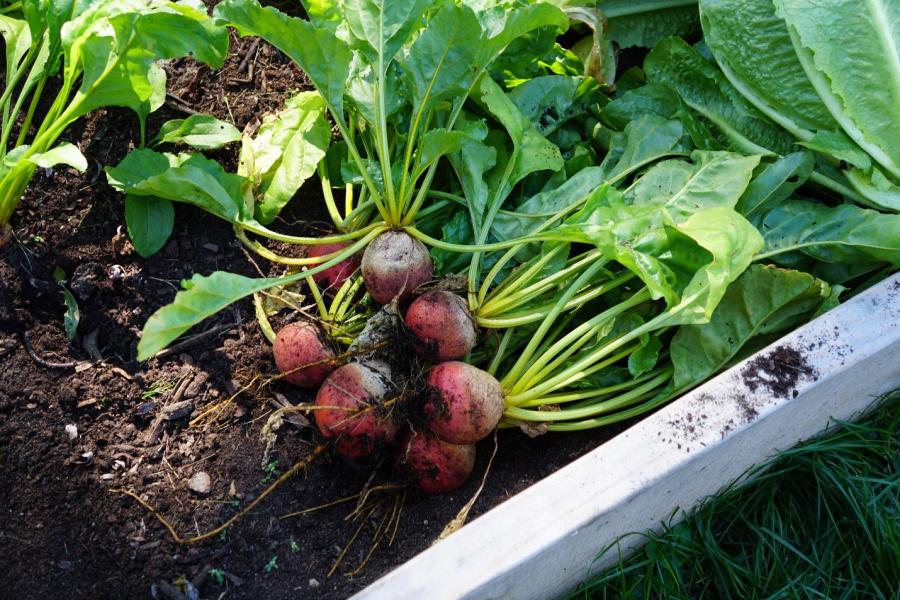
Being aware of the soil’s different conditions (pH levels, temperature, and moisture) will inform your crop plan, since different plants have different needs. Blueberries, for example, enjoy an acidic, sandy soil.A cooler spot in your garden may be ideal for cilantro, which bolts at anything higher than 75 degrees. Our Soil Condition Tester is perfect for this situation.
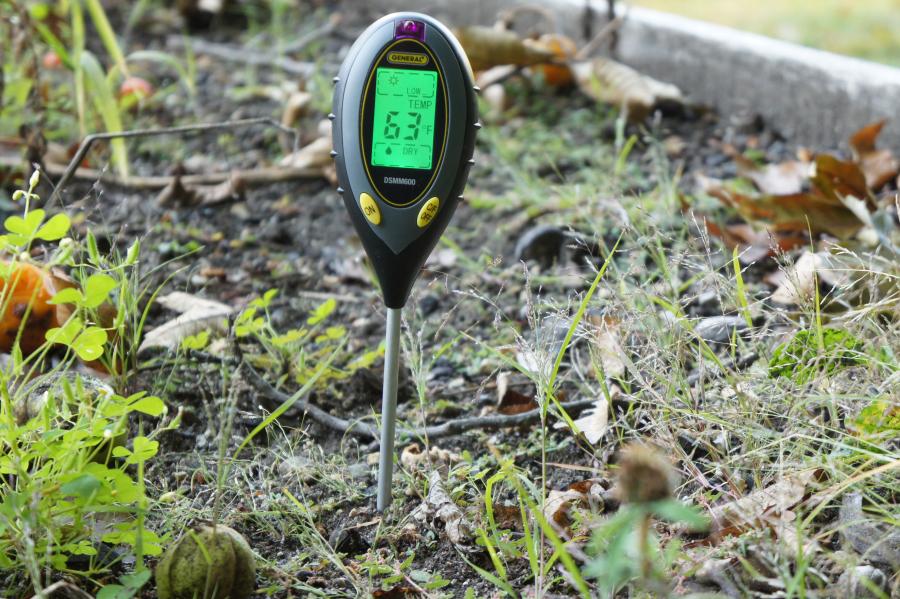
Finally, healthy soil is not only productive but also provides an ecosystem for many organisms. Organic matter combined with sugars fuels the underground food web, in which earthworms, protozoa, anthropods, nematodes, fungi and bacteria are the main players.
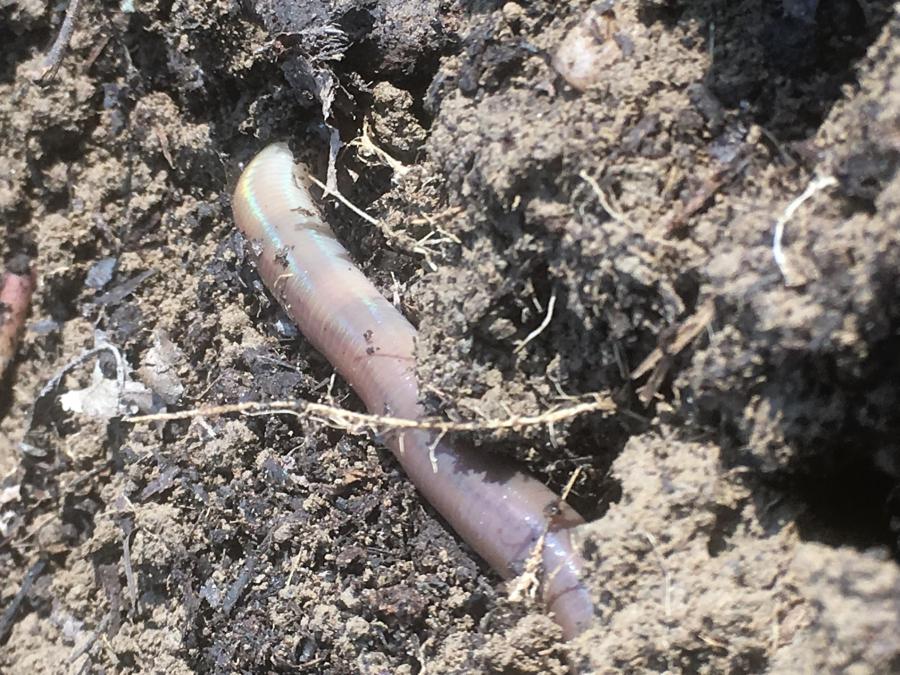
With complexity and diversity comes healthier soil and happier plants. As the fall crops are harvested and we turn our attention to preparing the ground for next year, feel free to send us your questions, comments, and suggestions, or just say hello.